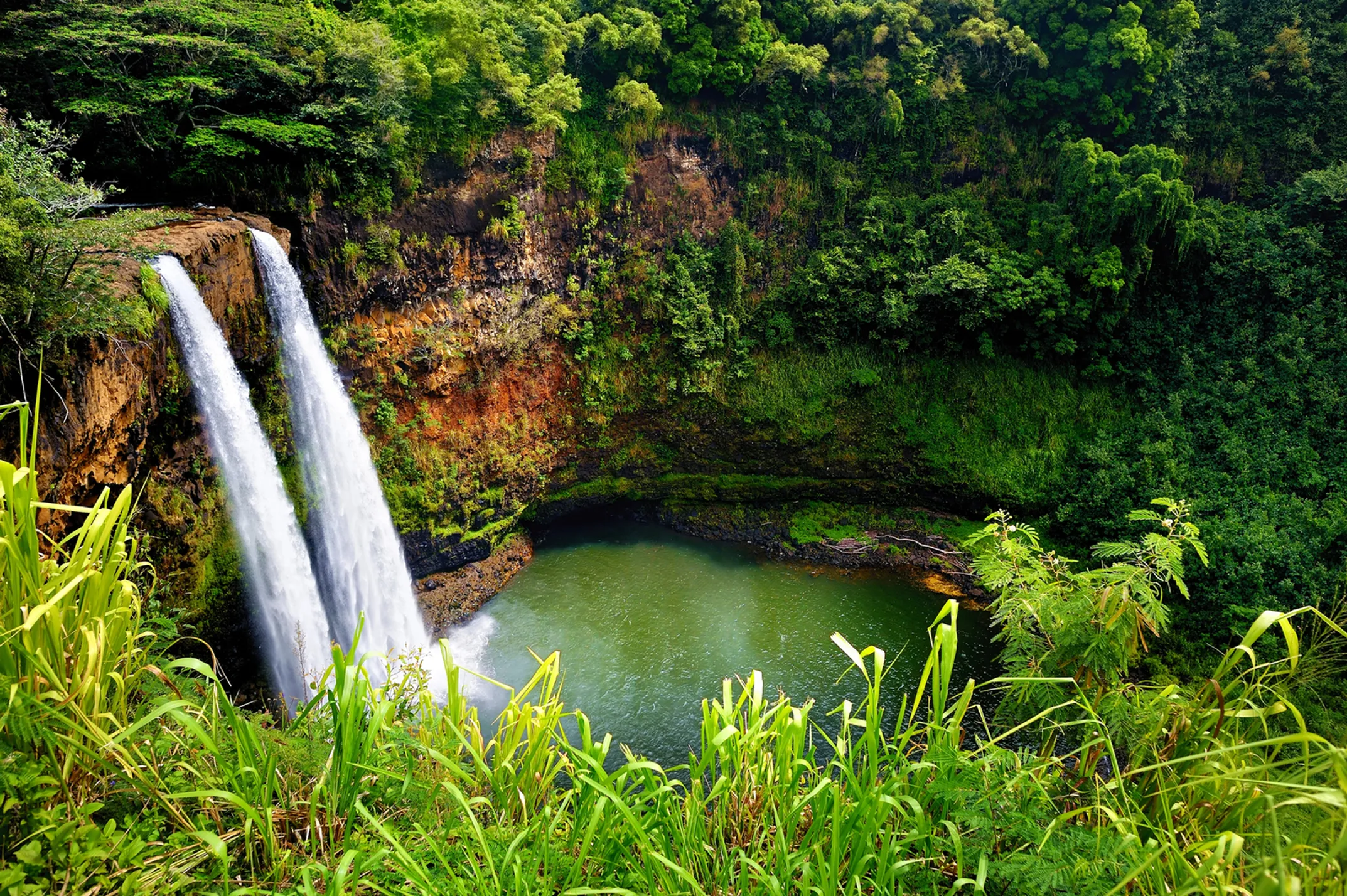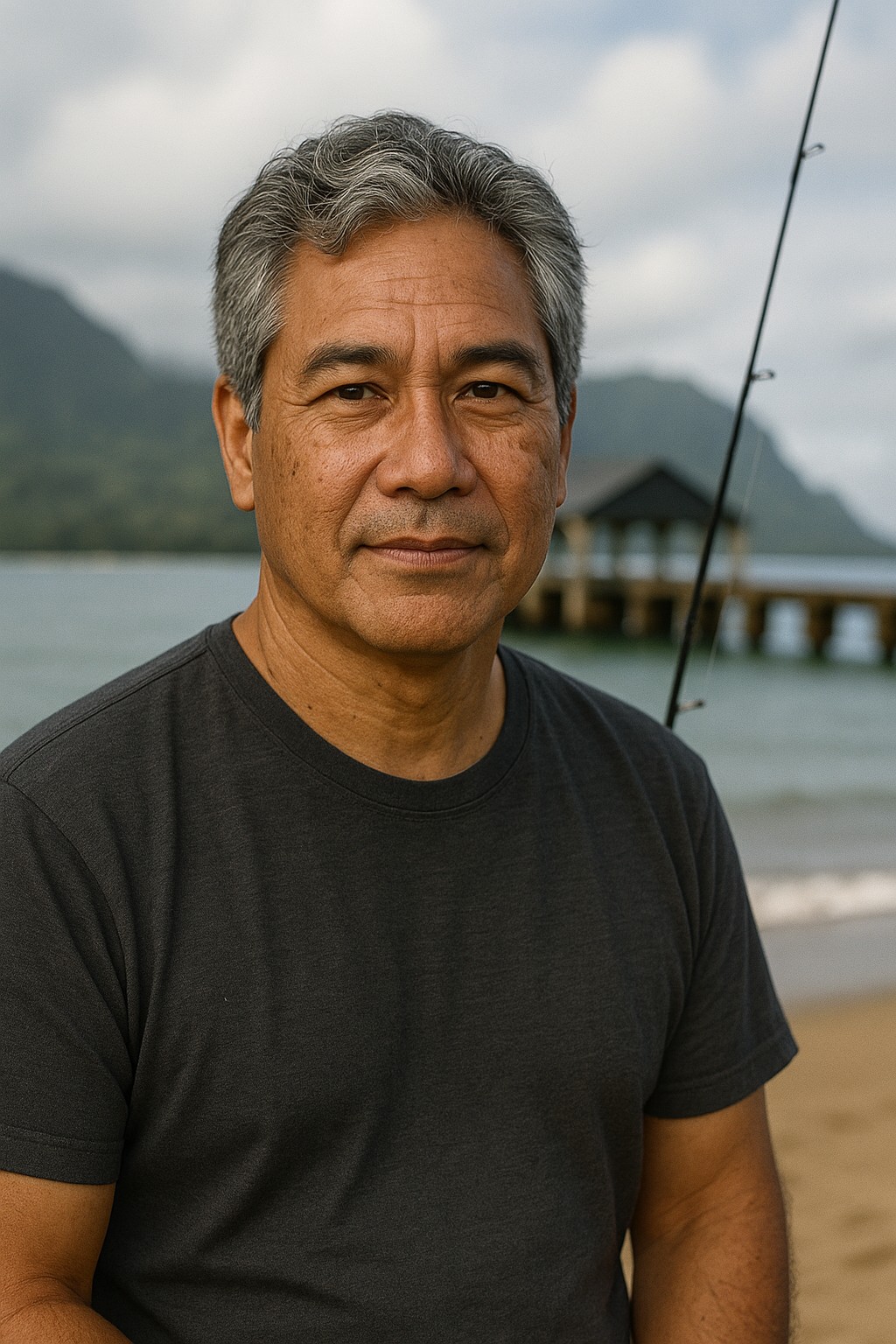

The Ghosts of King Sugar
The incredible story behind the canals you float through today

Written by a Kauai Local Expert
Kalani MillerThe Ghosts of King Sugar: A Story Carved by Hand and History
To truly appreciate the gentle float down Kauai's mountain canals, you must understand the immense effort and historical weight behind their creation. This isn't just a ditch. It's a monument to an era that defined modern Hawaii—the age of "King Sugar."
The Dawn of an Industry and the Thirst for Water
The story begins in 1849 with the founding of Lihue Plantation by pioneers like Henry A. Peirce, Charles Reed Bishop, and Judge William L. Lee. In the mid-1800s, Hawaii's economy was changing fast. The California Gold Rush created massive demand for agricultural goods. Sugarcane, brought to Hawaii by the earliest Polynesian voyagers, was ready to become the islands' economic engine.
But there was a big challenge. While Kauai's mountains, especially Mt. Waiʻaleʻale—one of the wettest spots on Earth—got plenty of rain, the vast, sun-drenched fields below were thirsty. Sugar production needed huge amounts of water. By some estimates, it took one ton of water to produce a single pound of refined sugar. To succeed, plantations had to engineer a way to capture the mountain's bounty and transport it miles across the landscape.
🏗️ Engineering Marvel
The complete Lihue Plantation water system stretched 51 miles—requiring up to 1,000 workers at a time.
👥 Human Story
Built by immigrant workers from China, Japan, Portugal, and the Philippines who shaped Hawaii's multicultural identity.
An Engineering Marvel Forged by Hand
This huge task fell to men of vision and grit. Between 1856 and 1857, plantation manager William Harrison Rice, a former missionary teacher, engineered and built Hawaii's first large-scale irrigation project—the ten-mile Lihue Ditch, later known as the Rice Ditch. This pioneering effort, first called "Rice's Folly" by skeptics, proved the concept and laid groundwork for a far more ambitious system.
The waterway you float on today is part of the Hanamaʻulu Ditch system, built around 1870. Construction was a feat of raw, manual labor. With no modern machinery, workers used only basic tools: sledgehammers, spikes, and picks to blast and carve through miles of volcanic rock and dense earth.
The scale is hard to comprehend. The complete Lihue Plantation water system stretched 51 miles—a web of ditches and tunnels feeding the fields. Construction of a single ditch section could require up to 1,000 workers at a time, toiling for years to complete the network.
The tunnels are a testament to this hard process. Some were carved from existing mountainside. Others were lined with hand-cut rock, grouted and placed by hand. The journey through these tunnels is more than fun—it offers direct, physical connection to the past. As your tube gently bumps against tunnel walls, you're touching the same rock shaped by sweat and determination of laborers over 150 years ago.
From Sugarcane to Swimsuits: For over a century, these ditches nourished sugarcane. When sugar production ended in 2000, Kauai Backcountry Adventures reimagined the waterway in 2003. Water that once grew sugarcane now carries visitors on a journey of discovery.
The Human Story: The Hands That Dug the Ditches
The engineering story links to the human story. While the earliest plantation field laborers were Native Hawaiians, explosive growth of sugar industry created demand for labor that the local population, sadly reduced by foreign diseases, couldn't meet.
Plantation owners began recruiting workers from around the globe. This triggered waves of immigration that forever changed Hawaii's demographic and cultural landscape. First to arrive in large numbers were Chinese laborers, widely credited with the grueling work of digging many irrigation ditches. They were followed by waves from Japan, Portugal, the Philippines, Korea, Puerto Rico, and other nations.
Life on the plantation was hard. Workers endured long, exhausting days under strict hierarchy of overseers. They often lived in segregated camps and faced a system designed to suppress labor organization by pitting different ethnic groups against each other. Yet out of these challenging conditions, something remarkable emerged. These plantation camps became crucibles of Hawaii's modern, multi-ethnic society. By blending their diverse cultures with native Hawaiians, these immigrants and their children created the uniquely rich "melting pot of the Pacific" that defines the islands today.
From Sugarcane to Swimsuits: A New Chapter
For over a century, this complex system of ditches nourished sugarcane that fueled Kauai's economy. But by the late 1900s, global market forces and rising costs led to King Sugar's decline. Lihue Plantation, like so many others across Hawaii, ceased sugar production in 2000. The historic canals fell silent.
They didn't stay unused long. In January 2003, Kauai Backcountry Adventures reimagined a section of this historic waterway, opening it for the exclusive tubing tours that run today. Water that once grew sugarcane now carries visitors on a journey of discovery, preserving the plantation era's legacy and sharing its incredible story with a new generation.
📅 Timeline
- 1849: Lihue Plantation founded
- 1856-57: Rice Ditch built
- 1870: Hanamaulu Ditch built
- 2000: Sugar production ends
- 2003: Tubing tours begin

